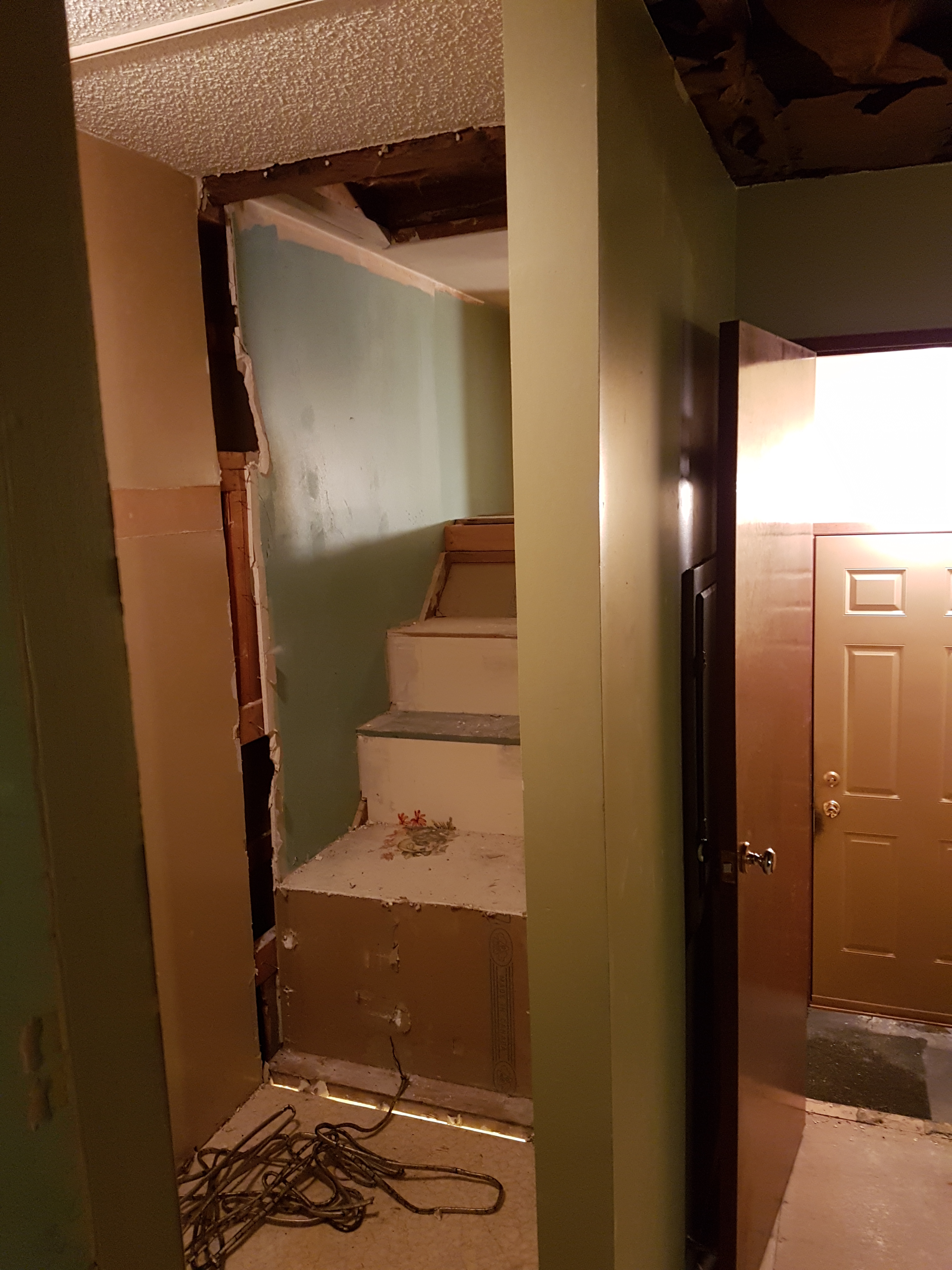Good morning friends!
Today we’re going to talk about doing things right. Gina and I recently bought a house in Charleswood! YAY! We’re going through some extensive renovations and are on a budget. We were hoping to do all our renovations for 37,000. I’ll admit I’ve already “signed enough change orders” to put us closer to 42,000. Why did I increase my budget by $5,000? I’ll walk you through some of the ways we decided what “good” change orders were and which ones we didn’t want. (Note: I say change orders, but I’m doing the reno all myself. I want to keep language consistent with what your experience would be)
Here are some of the metrics we used to make decisions and in the order we weighted them.
- Will taking the change-order reduce my stress in the next ten years? For example, we budgeted to replace furnace, but not air conditioner. We added that air conditioner because I don’t want to have to think about it in two years. Same reason we’re replacing our working gas HWT, so that I can tear down an old leaky chimney, and do a proper water sealing detail on the roof. Also I do have to add that Cal actually gave me this advice, so I owe our first metric to him!
- Will I help the environment with this decision? Again we went to electric hot water tank, even though gas is cheaper in the long run. Typically in Manitoba because we have such clean electricity it will multiply your carbon footprint by about 50 to choose gas instead of electricity.
- Will this change order extend the life of said product? When we were looking at appliances we took the advice of the folk at Bain’s Appliances. Our stove and fridge were extra $200 each, but Conrad figured both items typically lasted an extra 3 years compared to the counterparts.
- What are the financial savings to be had from energy efficiency? We are adding insulation to the attic because we want to save those dollars on heating and cooling. Blow in cellulose is a relatively cheap way to greatly increase your home’s comfort and efficiency.
These were our tools we used to determine what was good debt to service and what was us throwing money to the wind. This metric will change (as it should) with different people and even as we “grow up”. For us it was helpful to create a metric and a rule to help us make decisions. This helped us weigh and prioritize our upgrades. For example the electric hot water tank would cost more down the road with heating bills than a high efficient gas, but the environmental impact is greatly reduced. For us that’s very important.
I hope this list was helpful! If you have anything to add or if I missed anything please let me know by comments either on the post or on Facebook. I love to hear back from you guys!
Oh, and we added an entrance to Narnia for Henry’s enjoyment (both Henry’s will enjoy this!).

